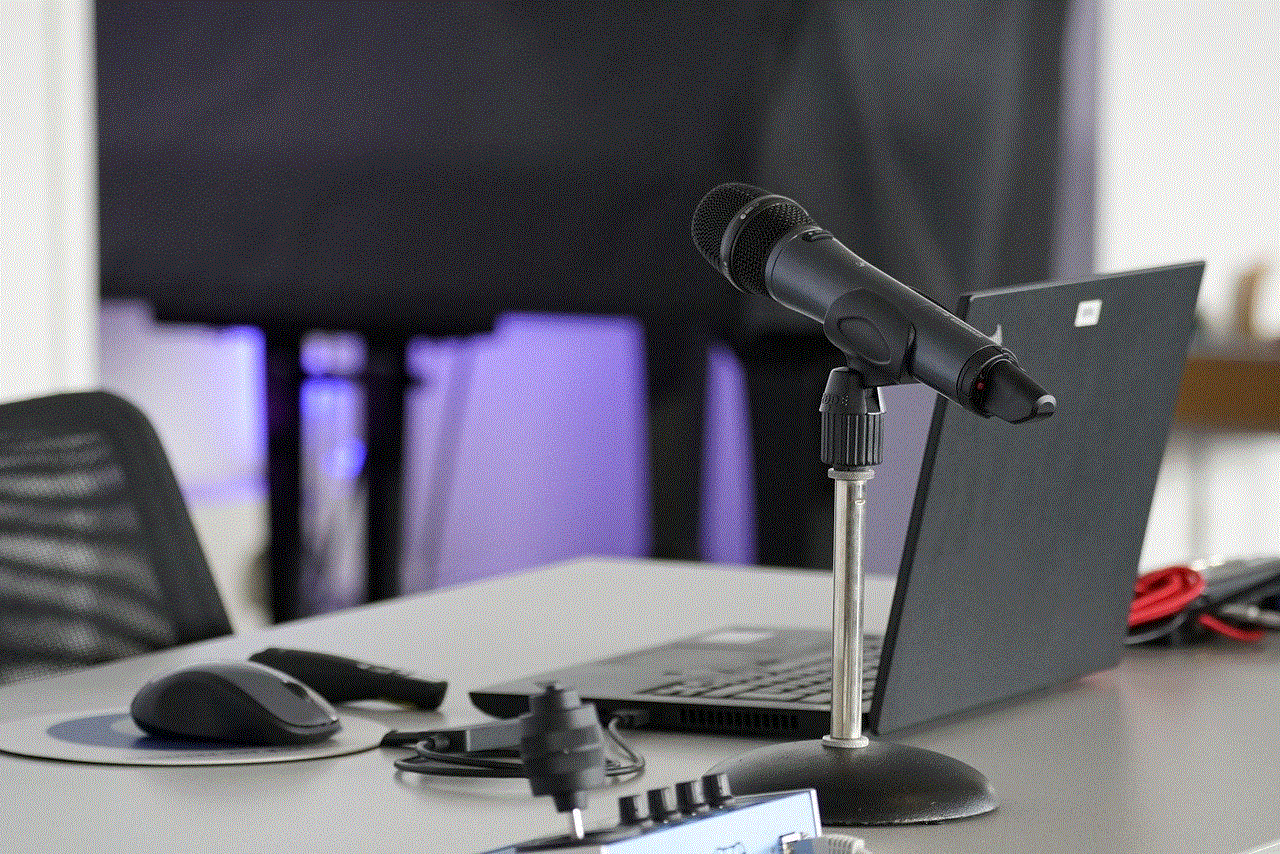how to clear recently viewed on amazon
How to Clear Recently Viewed on Amazon: A Step-by-Step Guide
As one of the largest online retailers in the world, Amazon offers a vast selection of products to its customers. When browsing through the platform, you may come across various items that catch your interest, and Amazon keeps track of these as your recently viewed items. While this feature can be helpful for quick reference, there are times when you may want to clear your recently viewed history, either for privacy reasons or to start with a clean slate. In this article, we will guide you through the process of clearing your recently viewed items on Amazon, step-by-step.
1. Sign in to your Amazon account
The first step is to sign in to your Amazon account. If you don’t have an account yet, you’ll need to create one before proceeding.
2. Go to your account settings
Once you’re signed in, click on the “Accounts & Lists” dropdown menu located at the top right corner of the Amazon homepage. From the dropdown, select “Your Account” to access your account settings.
3. Navigate to the browsing history section
Within your account settings page, scroll down until you find the “Ordering and shopping preferences” section. Under this section, click on the “Browsing history” link.
4. View your recently viewed items
By clicking on the “Browsing history” link, you will be directed to a page displaying all your recently viewed items. Here, you can see a list of products you have viewed while browsing through Amazon.
5. Choose the items you want to remove
To clear your recently viewed items, you’ll need to select the products you want to remove from the list. You can do this by clicking on the checkbox next to each item.
6. Click on the “Delete” button
Once you have selected the items you want to remove, scroll down to the bottom of the page. You will find a “Delete all items” button. Click on this button to delete the selected items from your recently viewed history.
7. Confirm the deletion
After clicking on the “Delete all items” button, a confirmation pop-up will appear asking if you are sure you want to delete the selected items. To proceed, click on the “Yes” button.
8. Clear your browsing history on the Amazon app
If you primarily use the Amazon app on your mobile device, you can also clear your recently viewed items within the app. Open the app and tap on the three horizontal lines located in the top left corner to access the menu. From the menu, tap on “Your Account” and then select “Browsing History.” Follow the same steps as mentioned above to clear your recently viewed items.
9. Clear your browsing history on Amazon Prime Video
If you are an Amazon Prime member and use Prime Video, you may also want to clear your recently viewed history on this platform. To do so, go to the Prime Video website and sign in to your account. Click on the “Menu” button located in the top left corner and select “Settings.” Under the “Watch history” section, click on “View watch history.” Here, you can remove individual items or clear your entire watch history.
10. Enable browsing in private mode
To prevent your future browsing history from being saved, you can enable private mode in your browser. Private mode, also known as incognito mode or private browsing, allows you to browse the internet without saving your browsing history, cookies, or other data. To activate private mode, open a new window in your preferred browser and navigate to the settings or preferences menu. Look for the option to open a new private window and click on it. Once in private mode, any items you view on Amazon will not be saved to your browsing history.
By following these steps, you can easily clear your recently viewed items on Amazon. Whether you want to maintain your privacy or simply start fresh, clearing your browsing history can be a straightforward process. Remember that clearing your recently viewed items will only remove them from your account and will not affect your purchase history or recommendations.
btw text abbreviation
In today’s fast-paced world, it’s no surprise that people are always looking for ways to save time and energy. This has led to the rise of text abbreviations, also known as “txtspk” or “chat speak.” These shorthand versions of words and phrases are commonly used in texting, social media, and online messaging platforms. While they may be convenient and efficient, they have also sparked debates and controversies about their impact on language and communication. In this article, we will dive deep into the world of text abbreviations and explore their origin, evolution, and effects on society.
The use of abbreviations in written communication is not a new concept. In fact, it can be traced back to ancient times when scribes used shorthand symbols to take notes or record information quickly. However, the modern-day version of text abbreviations can be attributed to the rise of mobile phones and the popularity of texting. In the early 2000s, when texting became a mainstream form of communication, people started to use abbreviations to save time and avoid typing long sentences on tiny keypads. This trend quickly caught on, and soon, a new language of abbreviations emerged.
One of the earliest and most popular text abbreviations was “lol,” which stands for “laugh out loud.” It was first used in online chat rooms and quickly became a common term in texting. Other commonly used abbreviations include “brb” for “be right back,” “omg” for “oh my god,” and “btw” for “by the way.” These abbreviations are not only used in casual conversations between friends but have also found their way into formal communication, such as emails and business texts.
As the use of text abbreviations became more widespread, it also sparked debates about its impact on language and grammar. Critics argue that the use of abbreviations is lazy and leads to a decline in language skills. They believe that people who frequently use text abbreviations may struggle with spelling and grammar in formal writing. However, supporters argue that text abbreviations are simply a reflection of the changing times and should not be seen as a threat to the English language.
Another argument against text abbreviations is that they can create misunderstandings and misinterpretations. As these abbreviations are not standardized, they can have multiple meanings, depending on the context. For example, “btw” could mean “by the way” or “between.” This lack of clarity can lead to confusion and miscommunication, especially in professional settings.
On the other hand, advocates of text abbreviations argue that they are just another form of language evolution. Just like how languages have evolved over time, abbreviations are also a natural progression in communication. They also point out that text abbreviations have made communication more efficient and allow people to convey their thoughts and ideas quickly. In today’s fast-paced world, where time is of the essence, this can be seen as a positive aspect of text abbreviations.



The use of text abbreviations has also been linked to the rise of digital communication and the decline of face-to-face interactions. With the rise of social media and messaging platforms, people are spending more time communicating through screens rather than having real-life conversations. This has led to concerns about the impact of text abbreviations on social skills and the ability to have meaningful conversations. However, it is worth noting that the decline of face-to-face communication is a much broader issue and cannot be solely attributed to the use of text abbreviations.
The use of text abbreviations has also given rise to a new form of language called “textspeak.” This is a combination of abbreviations, acronyms, and emoticons that are used to convey emotions and tone in written communication. For example, the use of a smiley face 🙂 can indicate a friendly and light-hearted tone, while the use of all caps can signify shouting or emphasis. This form of language has its own set of rules and is constantly evolving as new abbreviations and symbols are added to the mix.
While text abbreviations are widely used and accepted, there are some situations where they are not appropriate. For example, it is considered rude and unprofessional to use text abbreviations in a formal email or letter. It is also important to use them in moderation and not rely on them too heavily. Overuse of text abbreviations can make the message difficult to understand and may come across as unprofessional or immature.
In conclusion, text abbreviations have become an integral part of modern-day communication. While they have their advantages in terms of efficiency and convenience, they have also sparked debates about their impact on language, communication, and society. As with any form of language, it is crucial to use text abbreviations in the right context and not rely on them too heavily. As our world continues to evolve and technology advances, it will be interesting to see how text abbreviations will continue to shape the way we communicate.
tv in bedroom solutions
In today’s modern world, having a television in the bedroom has become a common trend. It provides a sense of relaxation and entertainment, especially after a long day at work. However, as much as having a TV in the bedroom may seem like a great idea, it can also come with some challenges. One of the major challenges is finding the right solution for your TV in the bedroom. In this article, we will explore different solutions for having a TV in the bedroom and provide tips on how to make the most out of your TV viewing experience.
1. Wall Mounting
One of the most common solutions for having a TV in the bedroom is wall mounting. This involves attaching the TV to the wall using a bracket. Wall mounting not only saves space but also provides a better viewing angle. It also keeps the TV out of reach, especially if you have children or pets in the house. When wall mounting a TV, it is important to ensure that the bracket is sturdy enough to hold the weight of the TV. You should also consider the height and position of the TV to avoid strain on your neck while watching.
2. TV Stand
Another popular solution for having a TV in the bedroom is using a TV stand. This is a great option for those who do not want to mount their TV on the wall. TV stands come in different sizes, designs, and materials, making it easy to find one that suits your bedroom décor. They also provide additional storage space for other electronic devices such as DVD players and gaming consoles. When choosing a TV stand, ensure that it is wide enough to support the TV and has enough ventilation to prevent overheating.
3. Built-in TV Cabinet
If you want to have a TV in the bedroom without it being the focal point, a built-in TV cabinet is an excellent solution. This involves creating a custom-made cabinet that can be closed when the TV is not in use. This not only keeps the TV hidden but also adds a touch of elegance to the bedroom. You can also incorporate shelves or drawers in the cabinet to store other items such as books or blankets. However, this solution may be more expensive and may require professional help for installation.
4. TV Lifts



TV lifts are a unique solution for having a TV in the bedroom. They involve installing a lift mechanism that can raise or lower the TV from a hidden compartment in the floor or ceiling. This is a great option for those who want to hide the TV completely when not in use. However, this solution may be costly and may require professional installation. It is also important to ensure that the lift mechanism is of high quality to avoid any accidents.
5. TV Mirrors
For those who want to have a TV in the bedroom without it being an eyesore, TV mirrors are a great solution. These are mirrors that have a TV screen hidden behind them. When the TV is turned off, it looks like a regular mirror, but when turned on, the mirror becomes transparent, revealing the TV screen. This is a great option for those who want a sleek and modern look in their bedroom. However, TV mirrors can be expensive and may require professional installation.
6. Ceiling Mounts
Ceiling mounts are another option for having a TV in the bedroom. This involves attaching the TV to the ceiling using a bracket. This is a great solution for those who have limited wall space or want to watch TV from their bed without straining their neck. However, this solution may not be suitable for all bedrooms, especially those with low ceilings. It is also important to ensure that the ceiling is strong enough to hold the weight of the TV.
7. Wireless Streaming
With the advancement of technology, wireless streaming has become a popular solution for having a TV in the bedroom. This involves using a streaming device such as a Roku , Apple TV, or Chromecast to wirelessly connect your TV to the internet. This allows you to access various streaming services such as Netflix , Hulu , and Amazon Prime without the need for a cable box or satellite dish. This is a great option for those who want to declutter their bedroom and have a clean and minimalist look.
8. Cable Management
Having cables running all over the bedroom can be unsightly and hazardous. Therefore, it is important to consider cable management when setting up a TV in the bedroom. This involves hiding or organizing the cables to keep them out of sight and prevent accidents. You can use cable ties or clips to secure the cables to the wall or furniture. There are also cable management systems available in the market that can help keep your cables organized and hidden.
9. Ambient Lighting
Ambient lighting is also an important factor to consider when setting up a TV in the bedroom. The right lighting can enhance your TV viewing experience and create a relaxing environment. You can use dimmable lights or install LED light strips behind the TV to create a soft glow. This not only adds a touch of ambiance but also reduces eye strain. It is also important to avoid placing the TV in front of a window or bright light source to prevent glare on the screen.
10. Consider the Size of the TV
When choosing a TV for your bedroom, it is important to consider the size. A TV that is too small may not provide an enjoyable viewing experience, while a TV that is too big may overwhelm the room. The size of the TV should also be proportional to the distance from the viewing area. A good rule of thumb is to have a TV that is at least twice the distance from the viewing area. For example, if you are sitting 6 feet away from the TV, a 32-40 inch TV would be ideal.



In conclusion, having a TV in the bedroom can provide a sense of relaxation and entertainment, but it is important to find the right solution for your space. Whether it is wall mounting, using a TV stand, or opting for a unique solution like TV mirrors or lifts, it is important to consider factors such as size, lighting, and cable management to enhance your TV viewing experience. With these tips, you can create a cozy and functional space in your bedroom where you can enjoy your favorite shows and movies.